China accused of destroying coral reefs with sewage deluge
Beijing is accused of turning the disputed South China Sea into ‘a cesspool of faeces’ with the mass discharge of raw sewage.
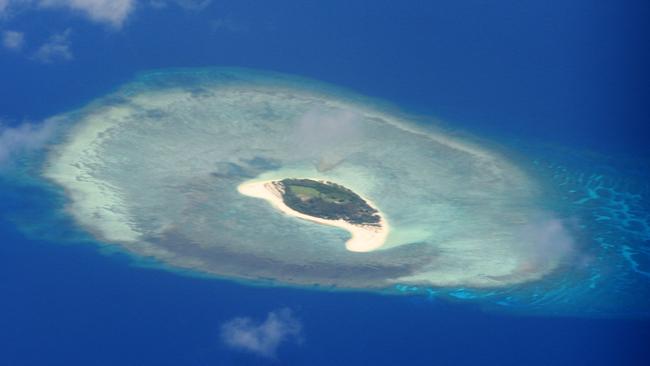
China has been accused by the Philippines of turning the disputed South China Sea into “a cesspool of faeces” with the mass discharge of raw human sewage destroying coral reefs.
Simularity, an American company, has published satellite images which appear to show the spread of algae across coral in the Spratly Islands, an archipelago of reefs and islets claimed in whole or in part by Brunei, China, Malaysia, the Philippines, Taiwan and Vietnam.
Its report says that the algae is caused by hundreds of Chinese trawlers that cluster almost constantly around the reefs’ rich fishing grounds.
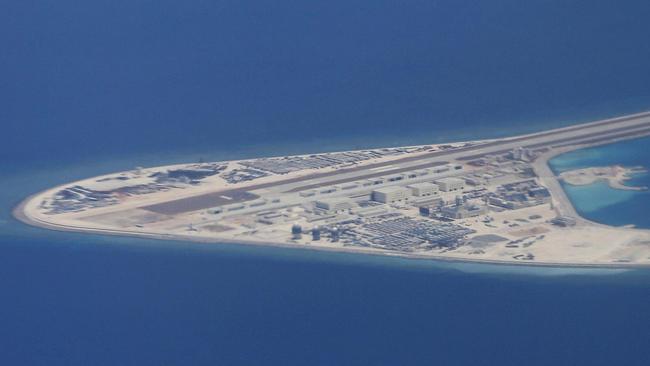
The photographs provoked a new wave of indignation among Filipinos, with politicians clamouring for action against China and its claims of sovereignty over virtually all of what Manila terms the West Philippine Sea.
“It is not only reclaiming land … by its actions, it is also renaming it as the Waste Philippine Sea,” Ralph Recto, head of the Philippines Senate, said. “By turning reefs into toilets, two man-made things are now visible from space: the Great Wall of China on land, and the Great Wastes of China at sea.
“Even without [environmental] laws, decent human behaviour commands civilised men not to turn rich fishing grounds into a cesspool of faeces.”
Grace Poe, another senator, said: “China treating us as its toilet is a clear violation of both international and local environmental laws. This adds insult to injury. We are not the dumping site of any country, let alone by a nation laying claims on our territory.”
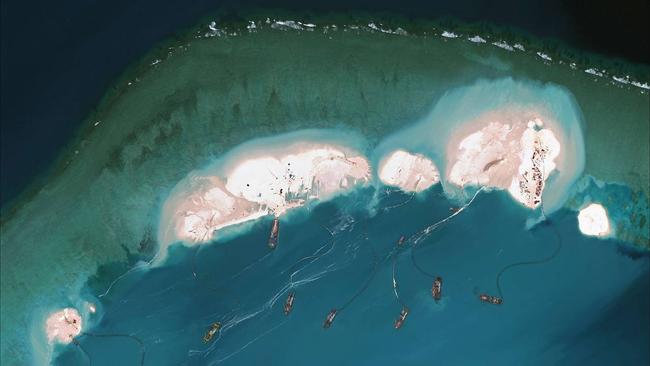
The images were presented this week by Liz Derr, the chief executive of Simularity. They show increases in chlorophyll, a pigment that shows up as white patches in satellite photographs viewed with multispectral imaging. It is a measure of the presence of marine organisms called phytoplankton, an excess of which is deadly to marine life. They are caused by excess nutrients, such as run-off from fertiliser - or, in the Spratly Islands, where there is no agriculture, human waste from ships.
“When the ships don’t move, the poop piles up,” Derr told a forum organised by a Manila think tank. “The sewage from the anchored ships in the Spratlys is damaging the reefs and we can see this from space.
“Excess phytoplankton that cannot be consumed by the reef inhabitants dies off and sinks to the sea floor, where it is consumed by bacteria. These bacteria consume oxygen that would normally be available to the fish, creating a ‘dead zone’.”
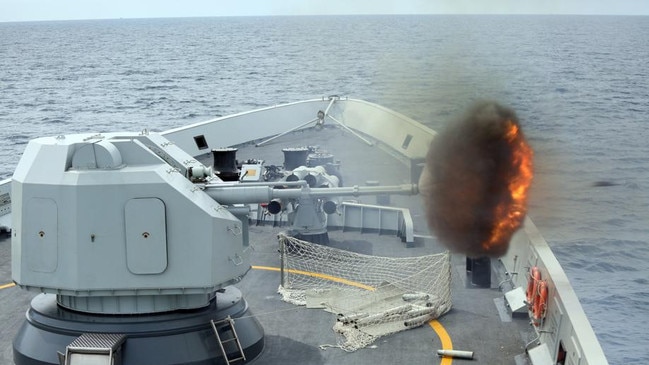
“While we are confirming and verifying these wastes being dumped … we consider such irresponsible acts, if true, to be gravely detrimental to the marine ecology in the area,” Delfin Lorenzana, the defence minister, said.
The Chinese government has yet to comment on the report.
Last year Carl Schuster, a professor at Hawaii Pacific University and a former US navy captain, said that more than 200 Chinese vessels anchored in the Spratlys discharged 200 tonnes of waste a month in a concentrated area.
China has increased its military build-up around the Spratly Islands. In April the Philippines reported that 220 Chinese vessels were seen moored around Whitsun Reef, a boomerang-shaped feature that emerges above the water at low tide.
The United States this week warned that it will defend the Philippines against any attack by China, as Beijing’s navy confronted a US warship sailing close to the disputed Paracel Islands.
The Times


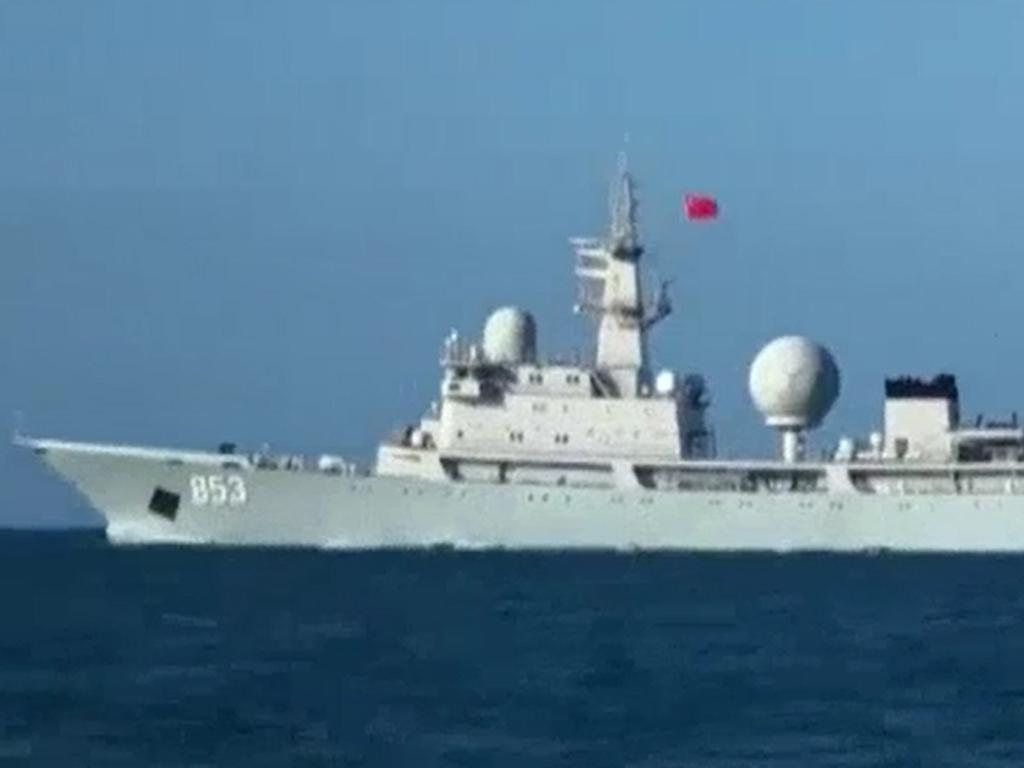

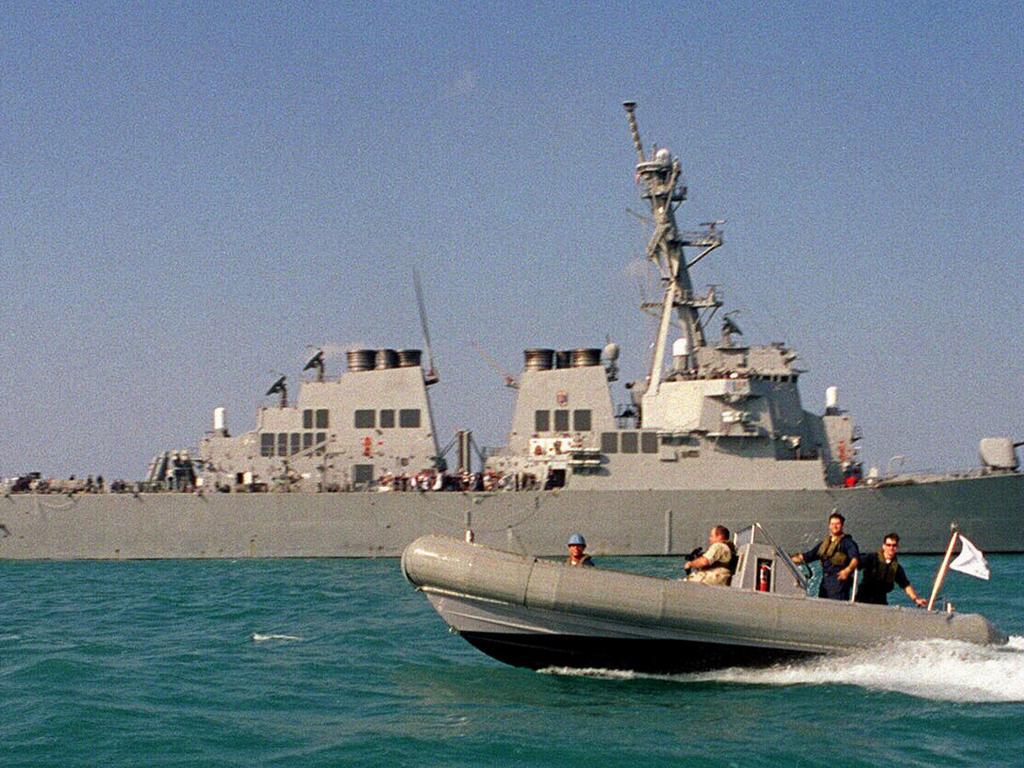


To join the conversation, please log in. Don't have an account? Register
Join the conversation, you are commenting as Logout